How LFP Tardeo POD is Redefining Classrooms
Introduction
Can a class run without a teacher?
At first, it sounds impossible. But what if students could teach each other? What if learning didn’t depend on lectures but on collaboration, questions, curiosity, and real growth? That’s exactly what’s happening at LFP Tardeo, a unique POD under Apni Pathshala.
Led by Sai Prasad and supported by teacher Supriya Dubey, this POD runs on a bold idea that Students learn best when they learn from peers.
In this blog, you’ll discover how this model works, how it compares to traditional classrooms, and why it might just be the future of education.
What Is Peer Learning?
Peer learning is simple: students learn from each other. Instead of one teacher instructing a large group, peers explain, guide, collaborate, and grow together. It’s a system that builds confidence, curiosity, and connection.
At LFP, the classroom is a shared space. A place where no one is above or below, where asking questions is normal, and where helping someone else is part of your own learning.
This isn’t about replacing teachers, but it’s about redefining their role. In this model, mentors guide the environment while students lead the learning.
We honor teachers and the important work they do. But with peer learning, we can reduce the dependency on a large teaching workforce, while still ensuring students receive mentorship and, in the process, create more confident leaders.
The Birth of a Teacherless Classroom
When the Tardeo POD was launched by the Narayanchandra Trust, they didn’t want to build “another computer class.” Instead, they imagined a place where school and college students could:
- Learn real digital skills
- Teach what they learn to others
- Build confidence through action
The team faced a common problem: schools had computers, but students weren’t learning how to use them meaningfully. Either the labs were locked, or the classes were too formal.
So they flipped the model. No blackboard. No lectures. Just students, mentors, and real tasks.
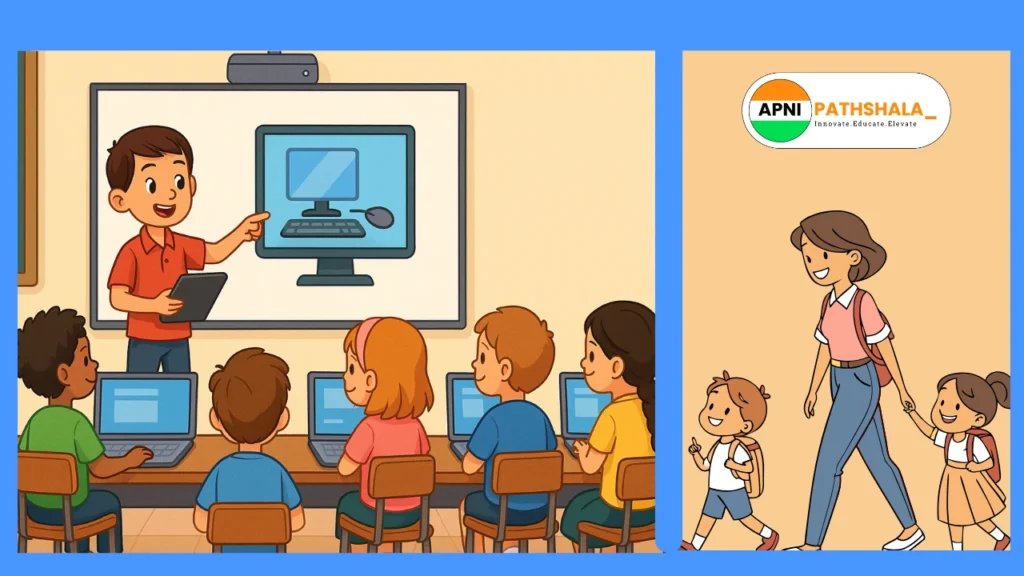
Why This Works Better Than Traditional Classrooms
1. No Fear of Asking Questions
In most schools, students fear asking “silly” questions. At LFP, students teach each other, so there’s no fear, just curiosity.
2. Practice Over Theory
Forget rote learning. Here, students learn tools like Google Sheets, WordPress, Canva, HTML, and more by actually using them.
3. Self-Learning Becomes Natural
Once they learn the basics from a peer, students often explore more on their own. This builds lifelong learners, not just exam-takers.
4. Builds Confidence and Leadership
A student who teaches becomes more confident. Many at LFP started shy and are now leading batches and helping others.
5. No One Gets Left Behind
The best part? Students help each other catch up. Those who are faster support those who need more time.
Real Students, Real Impact
Many students at LFP started with zero knowledge of computers. Some didn’t even know how to turn one on. Today:
- They’ve built websites
- Created Google Sheets for real use
- Helped friends complete assignments
- Even taken on freelance work
All without a formal teacher.
Meet Ayush Yadav, a 7th grader from Bhayander who joined LFP Tardeo to learn computers. He discovered his passion for video editing using tools like Canva and CapCut. Eventually, he edited promotional videos for the Worli POD and earned special recognition.
Explore his story. – How a Taxi Driver’s Son Learned Digital Skills Without his own PC!: Ayush’s Real Story
You can explore similar transformations from LFP Virar in our blog:
Success Stories of 3 Students Who Became Mentors and Sumit’s Journey Comic.
These stories showcase how different LFP centers function independently yet share the same mission to make students confident learners and future mentors.
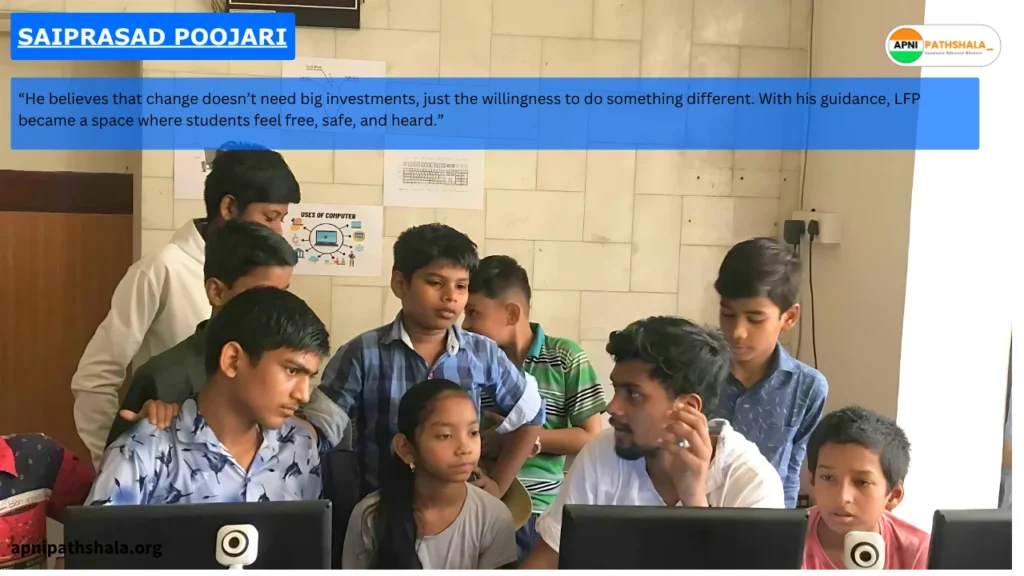
Why Parents and Educators Should Support This Model
- It’s cost-effective – Peer-led systems reduce the need for full-time paid teachers, making it scalable and affordable.
- It builds soft skills – Confidence, communication, and time management skills every child needs.
- It prepares students for real-world collaboration – The workplace isn’t about lectures. It’s about working with teams. This is that training, early on.
- It promotes responsibility – Students don’t just study. They lead.
Why Microschools Like This Matter
Microschools are small, focused, and community-led. When they use peer learning, they become more than a classroom; they become ecosystems of mutual growth. Unlike big schools where one teacher manages 40 kids, these centers create a personalized impact.
Conclusion: The Classroom Is Changing
It’s 2025, and education is evolving. Students don’t just need to consume knowledge; they need to apply it, teach it, and grow with it.
At LFP Tardeo, we’ve seen that peer learning doesn’t just work; it transforms. From 7th graders mentoring seniors to confident leaders managing their own learning paths, this model is shaping a new kind of classroom.
Let’s Recap:
- Peer learning works – and it works well.
- It empowers students to become mentors.
- It builds confidence, real skills, and a supportive learning culture.
- It’s affordable, scalable, and inclusive.
This isn’t just a trend, it’s a movement. And we need more people, parents, educators, and leaders to support and spread it.
Let’s not wait for a perfect system. Let’s build one together!
Do you believe that your friend understands you better than your teacher?
Share your thoughts in the comments.
👉 Read more student transformation stories
👉 Discover more about the microschool.


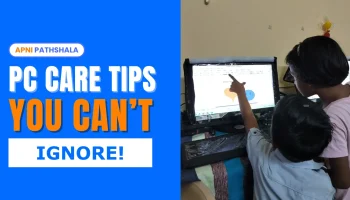
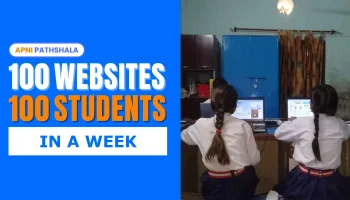
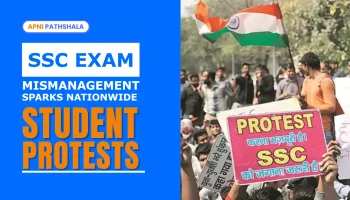
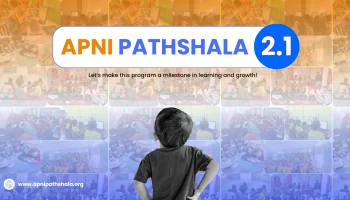
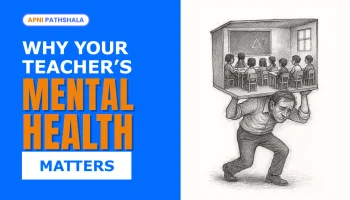
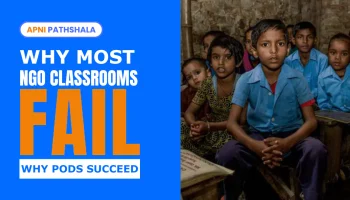
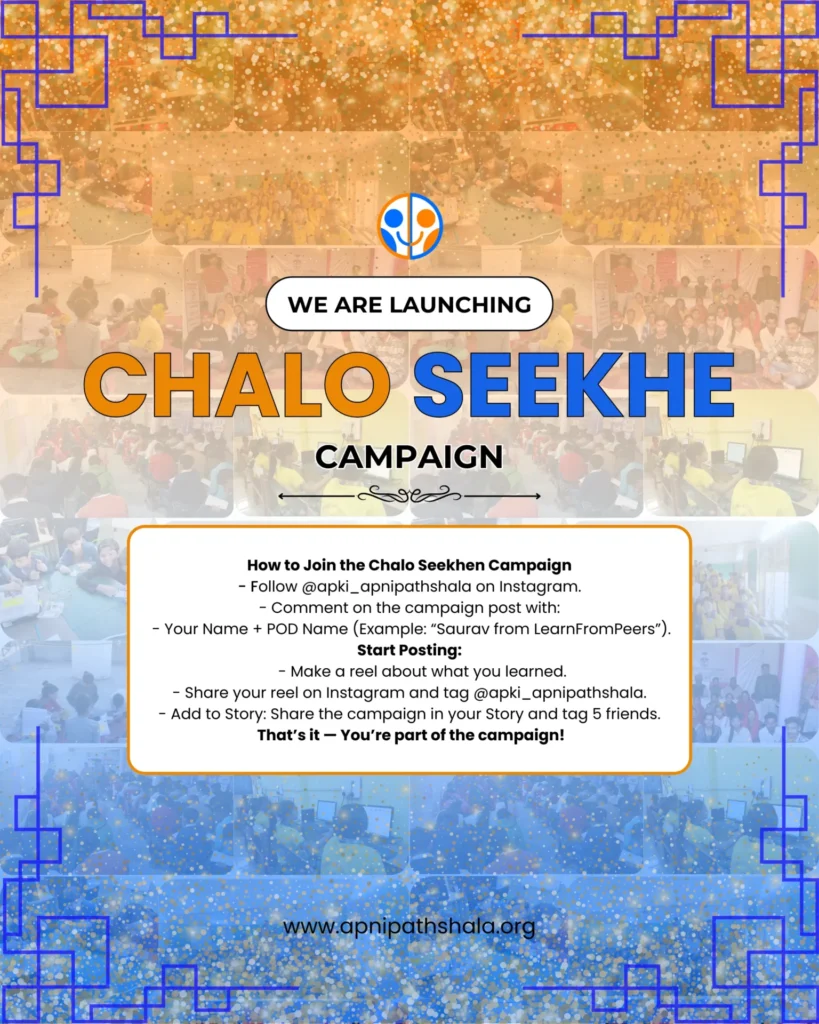
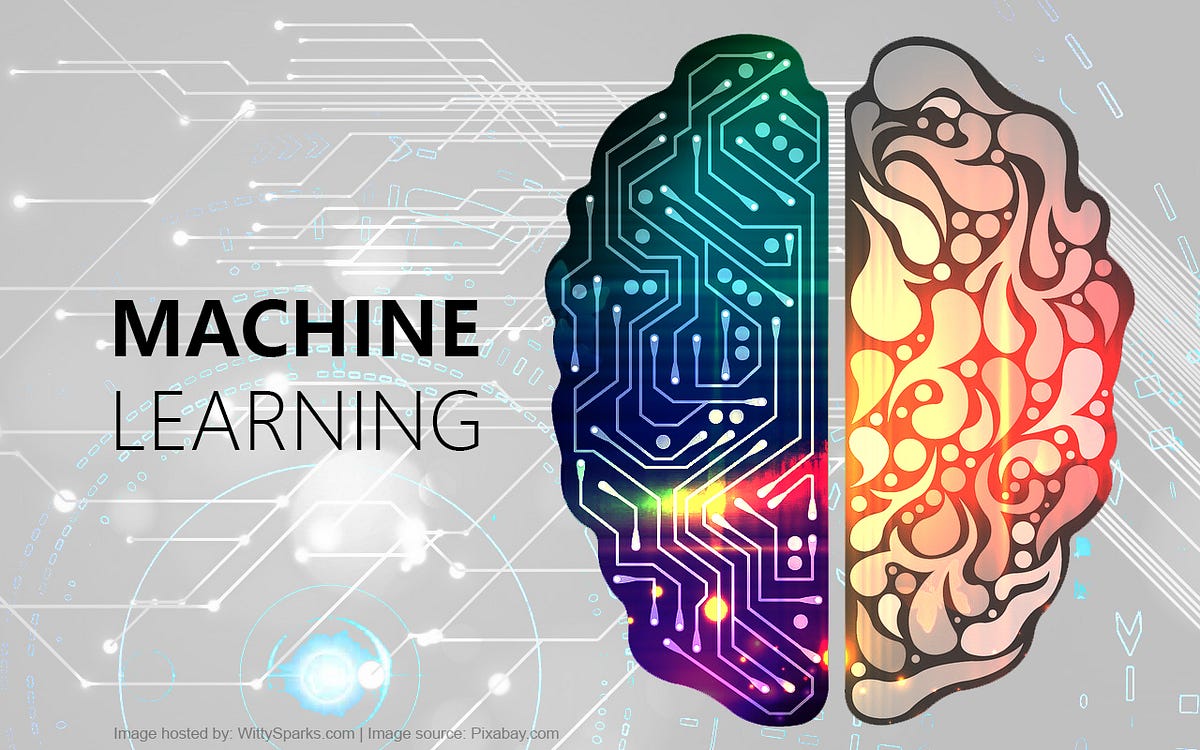
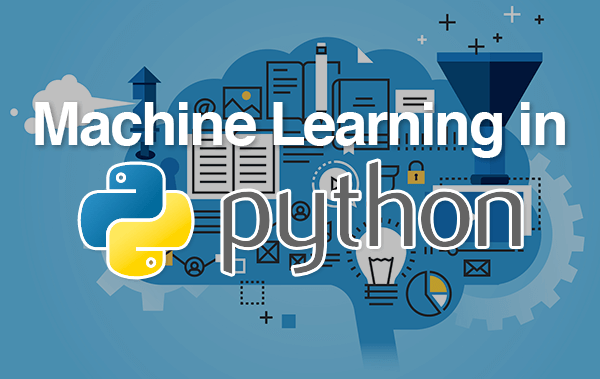
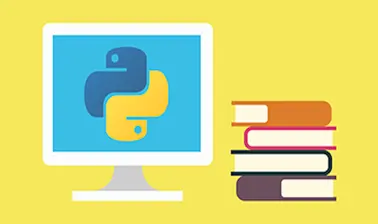
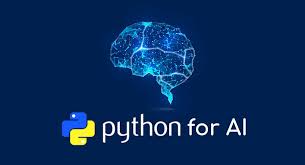
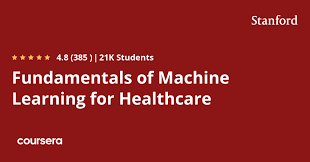
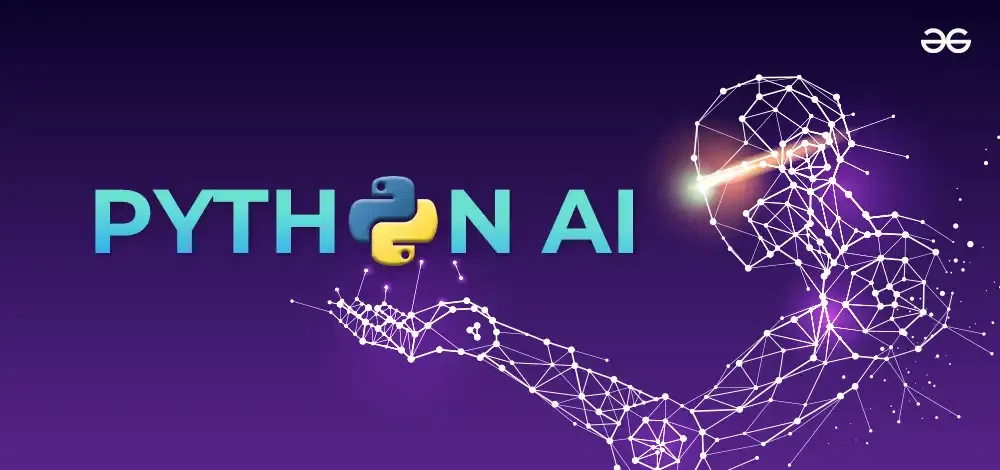
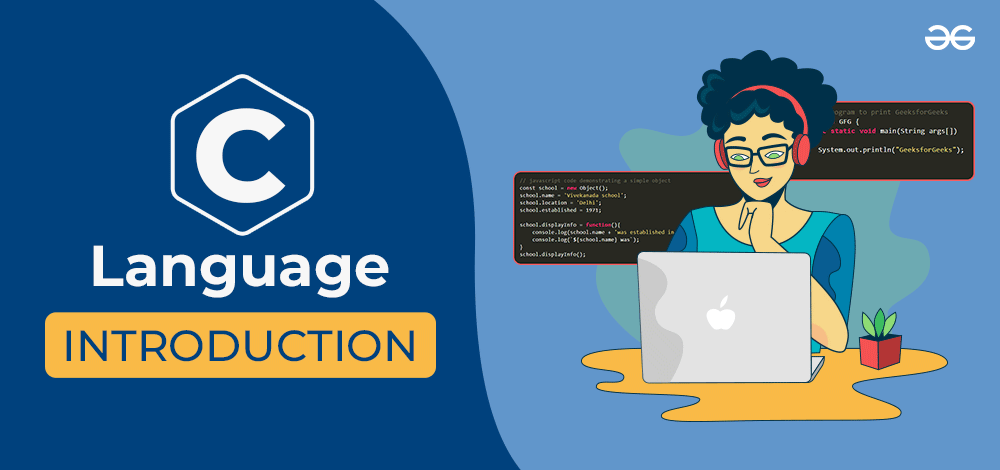
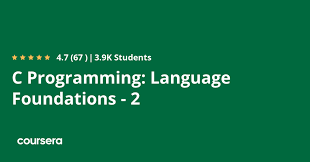
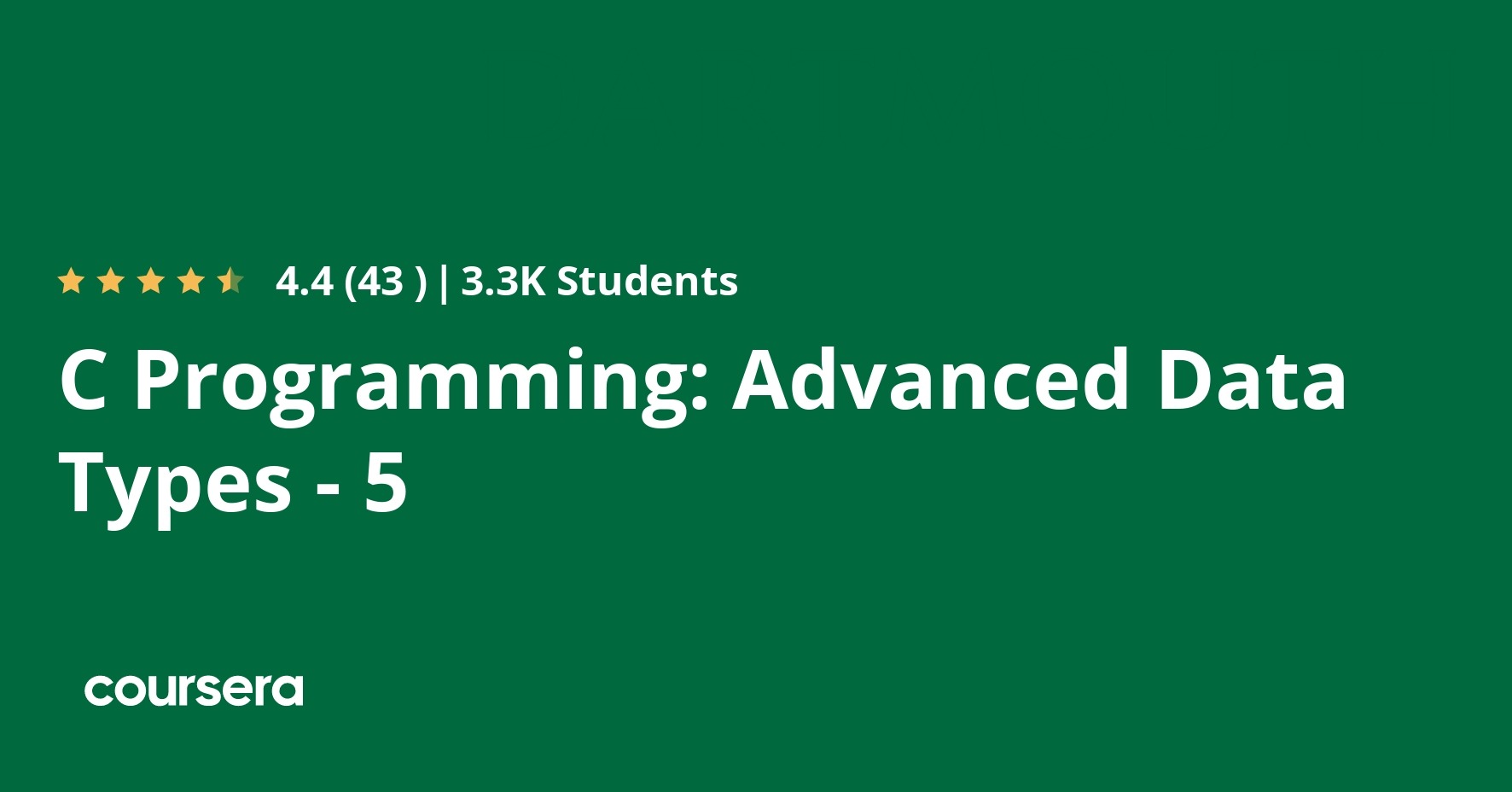
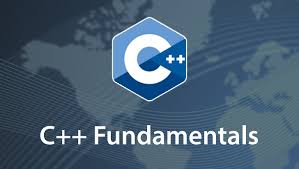
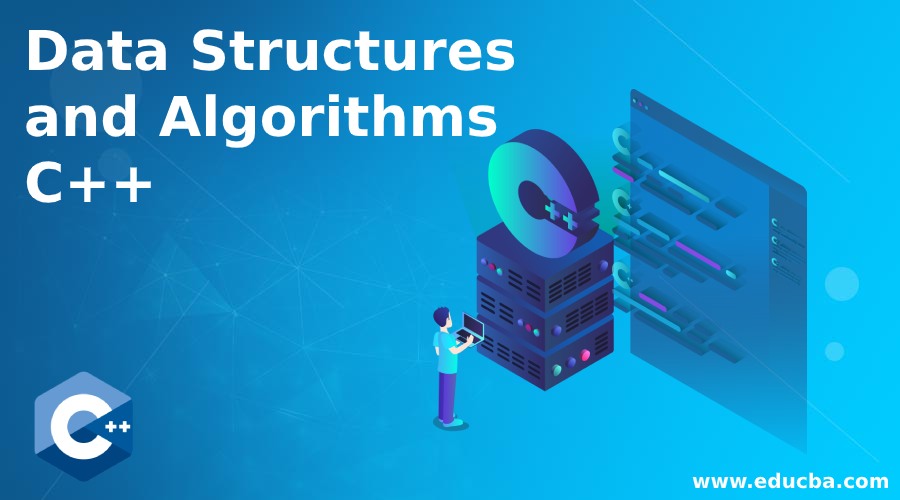
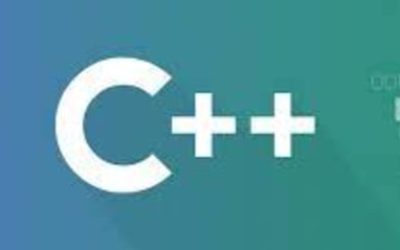
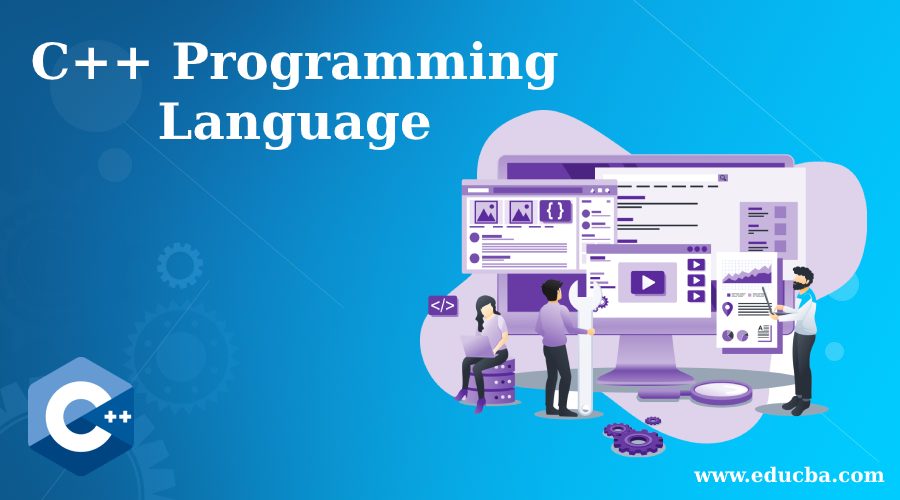
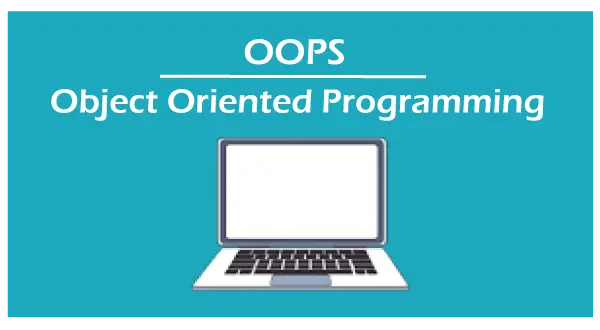
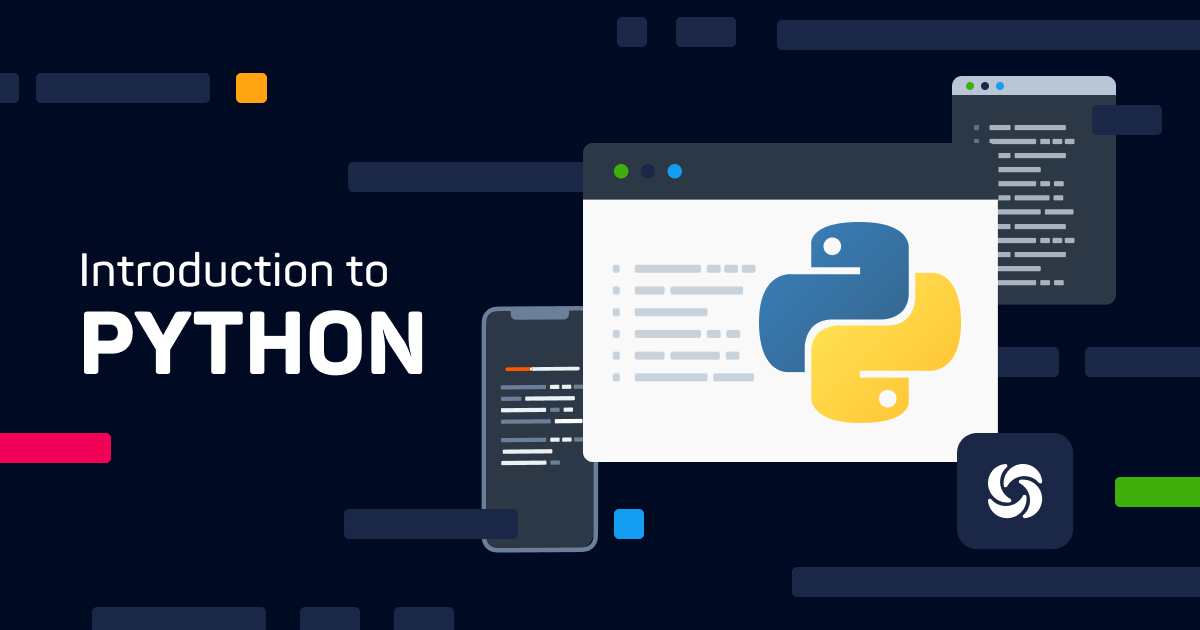
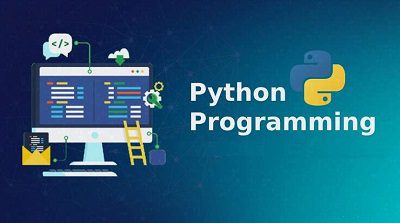
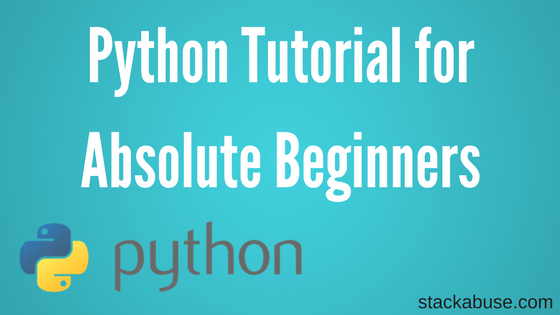
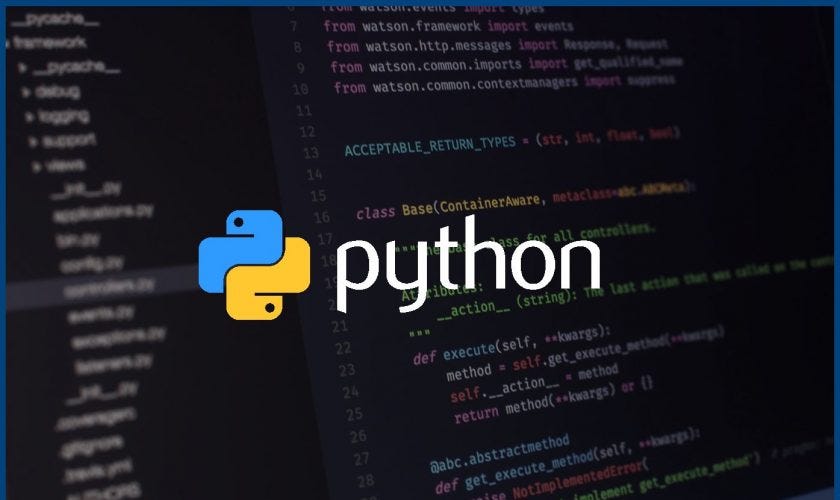
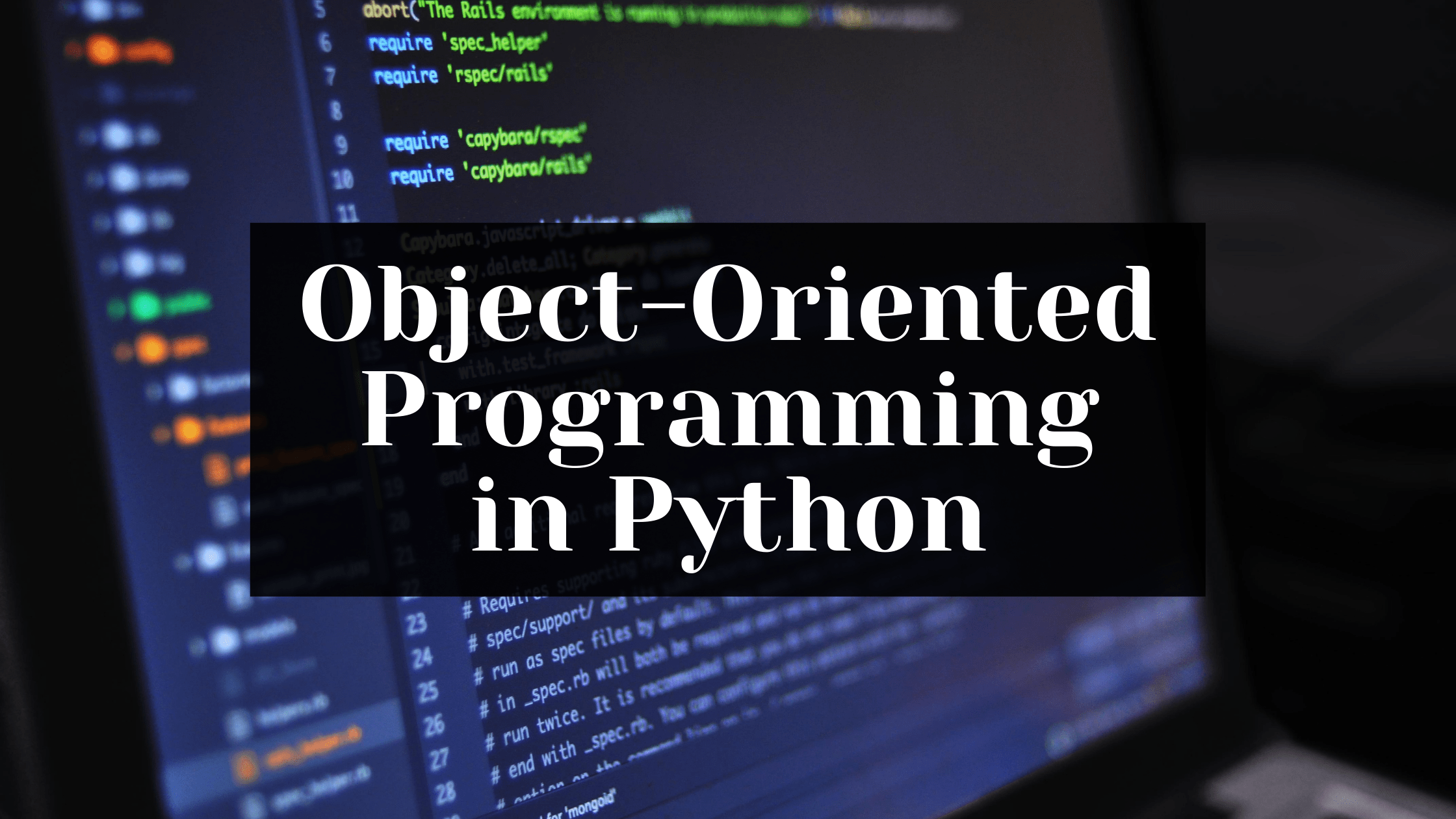
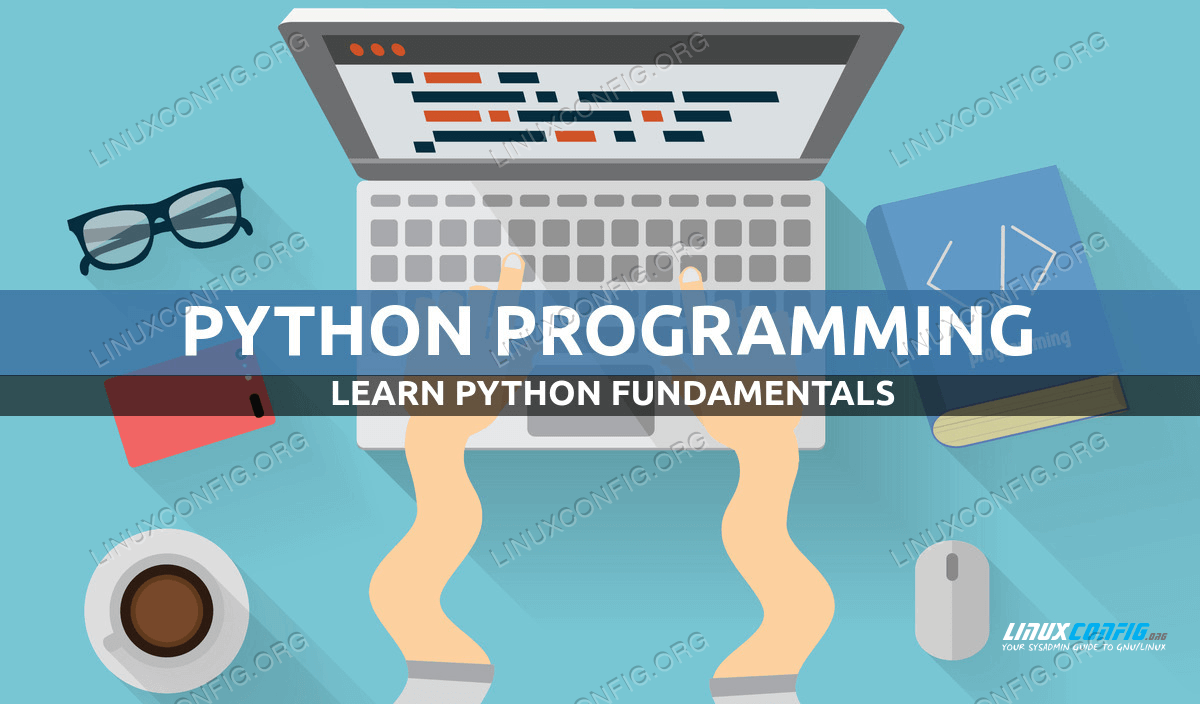
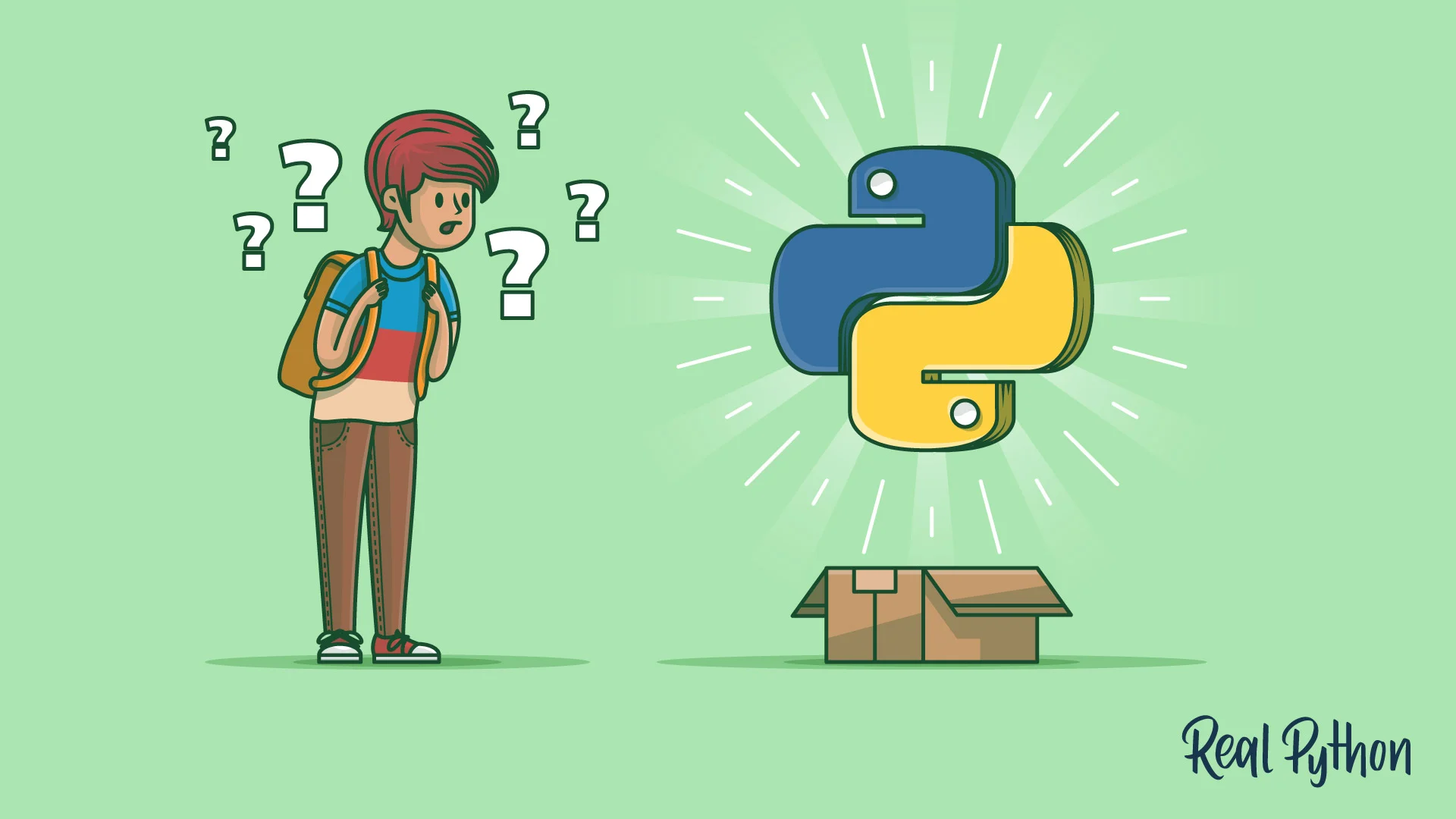
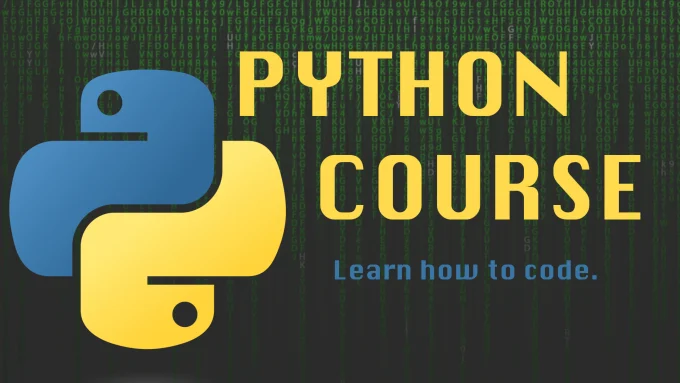
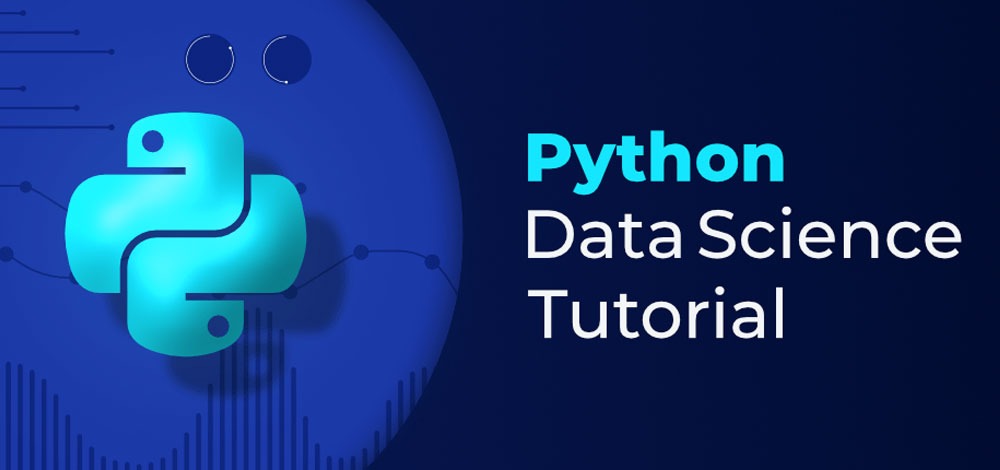
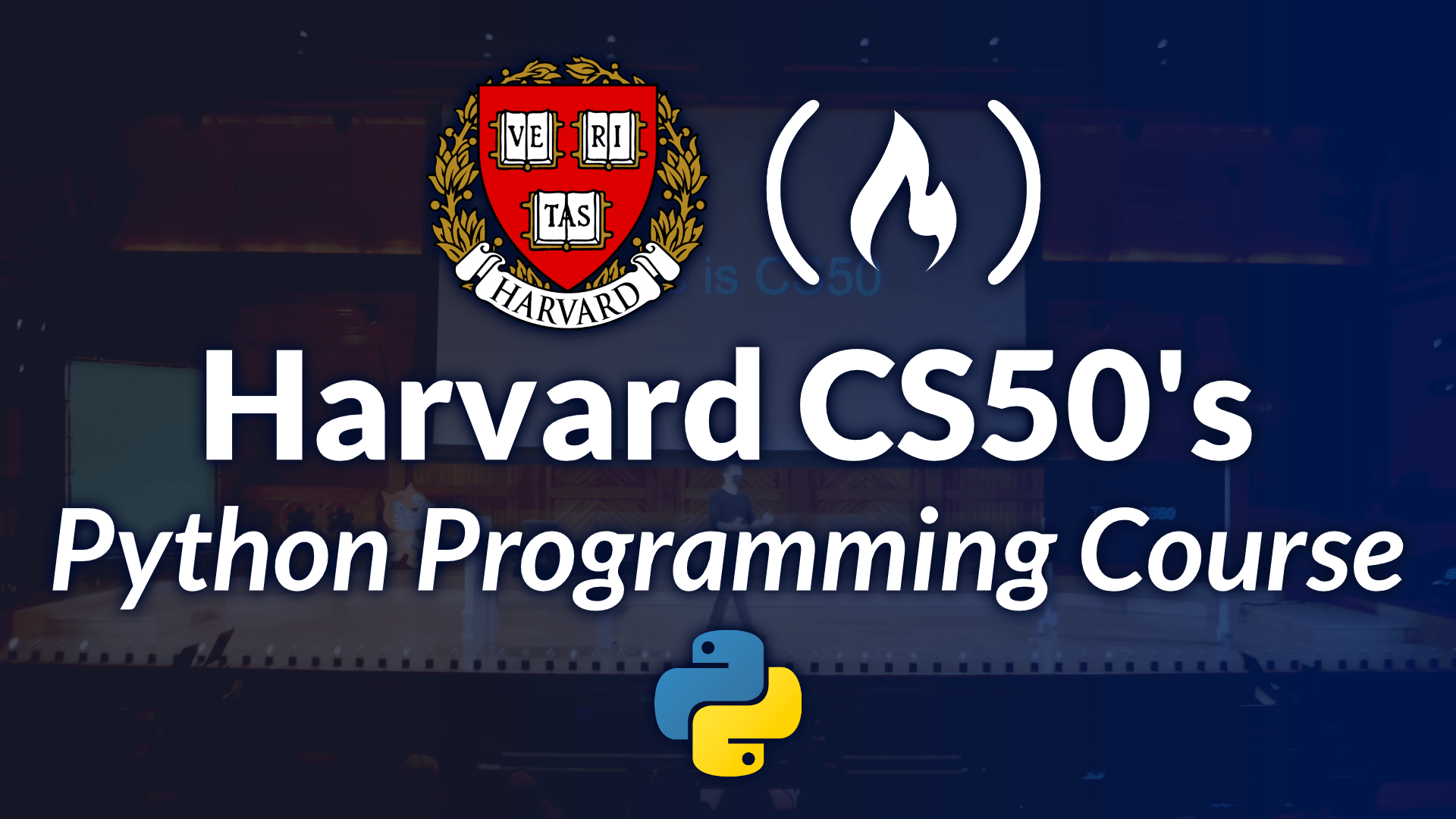
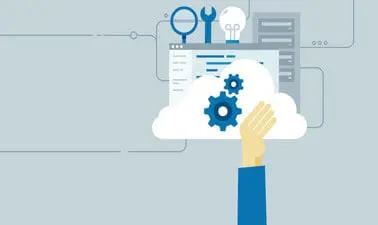


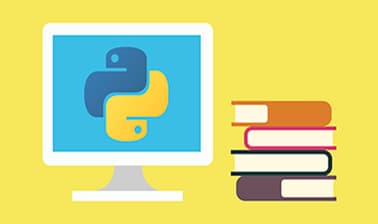
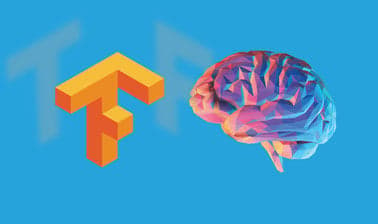








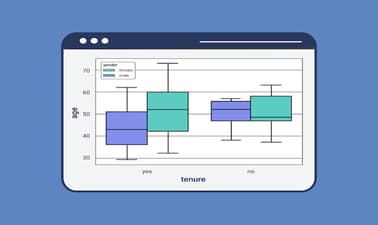
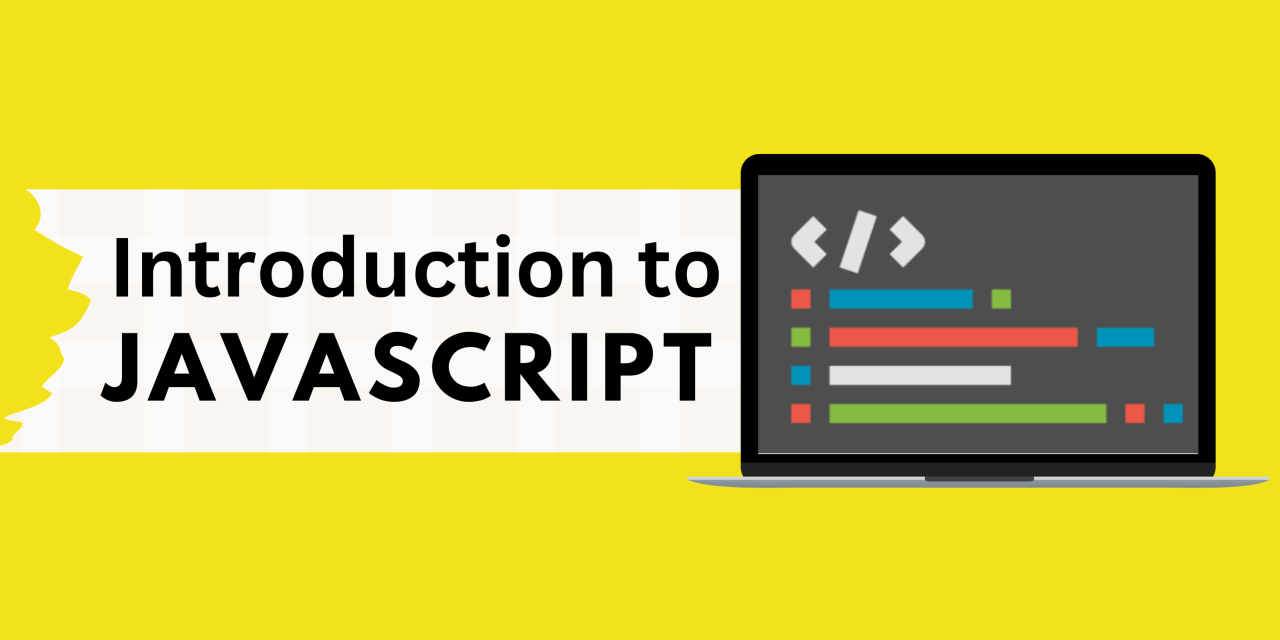
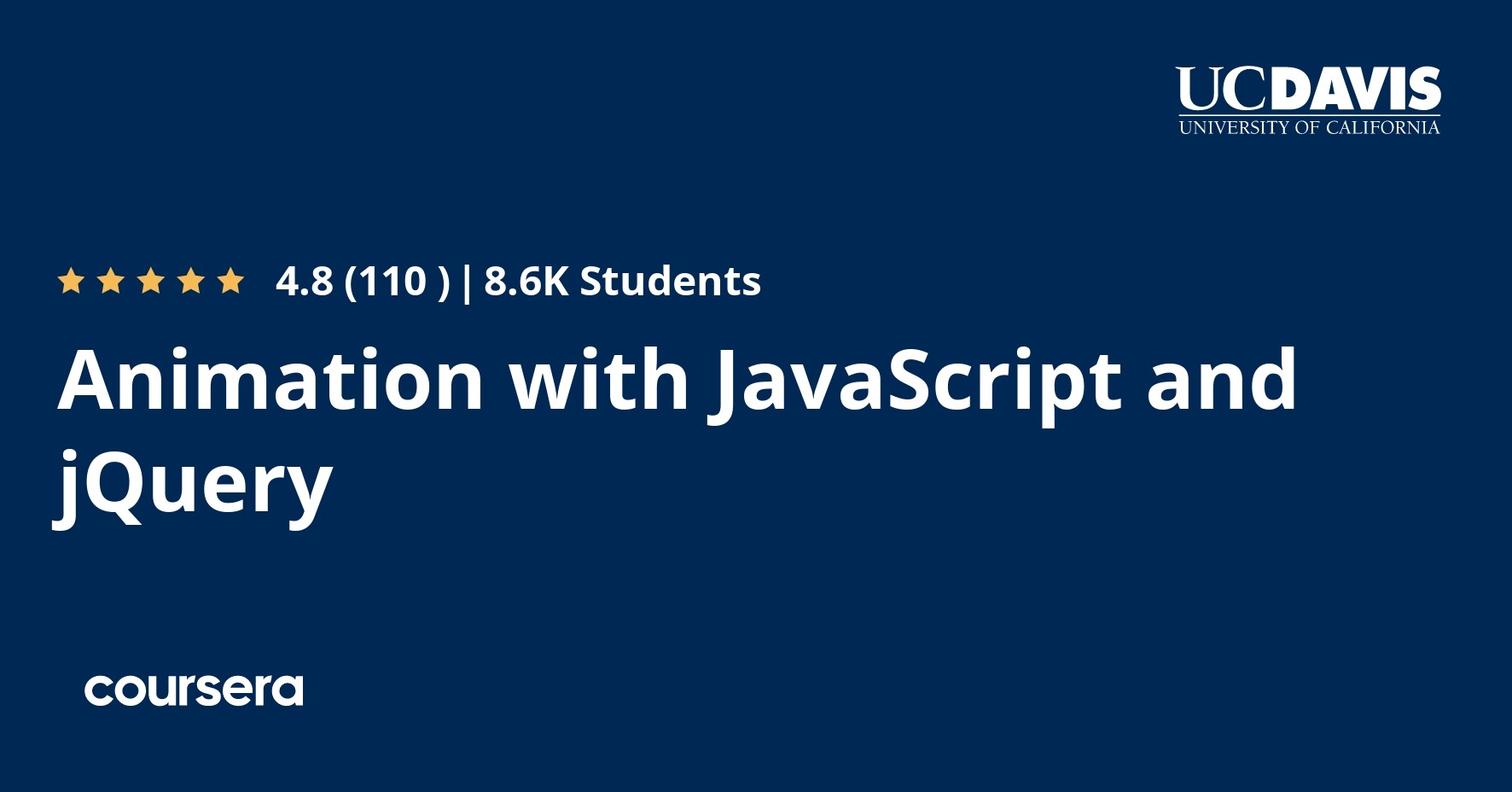
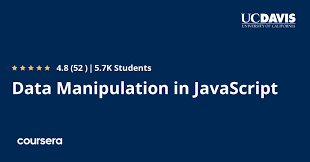
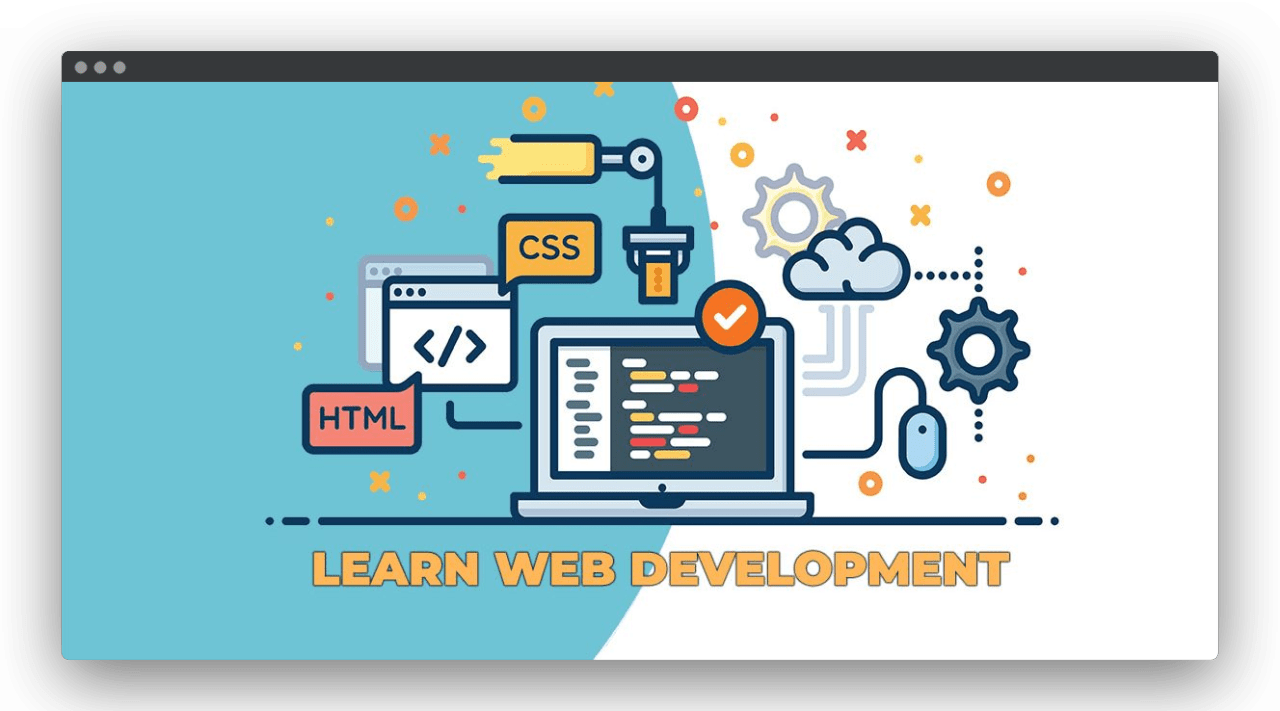
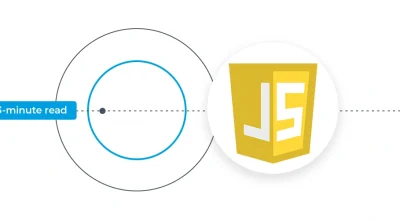
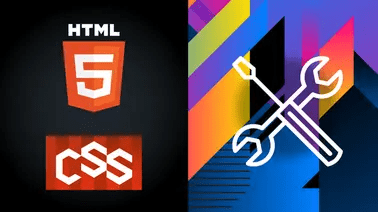
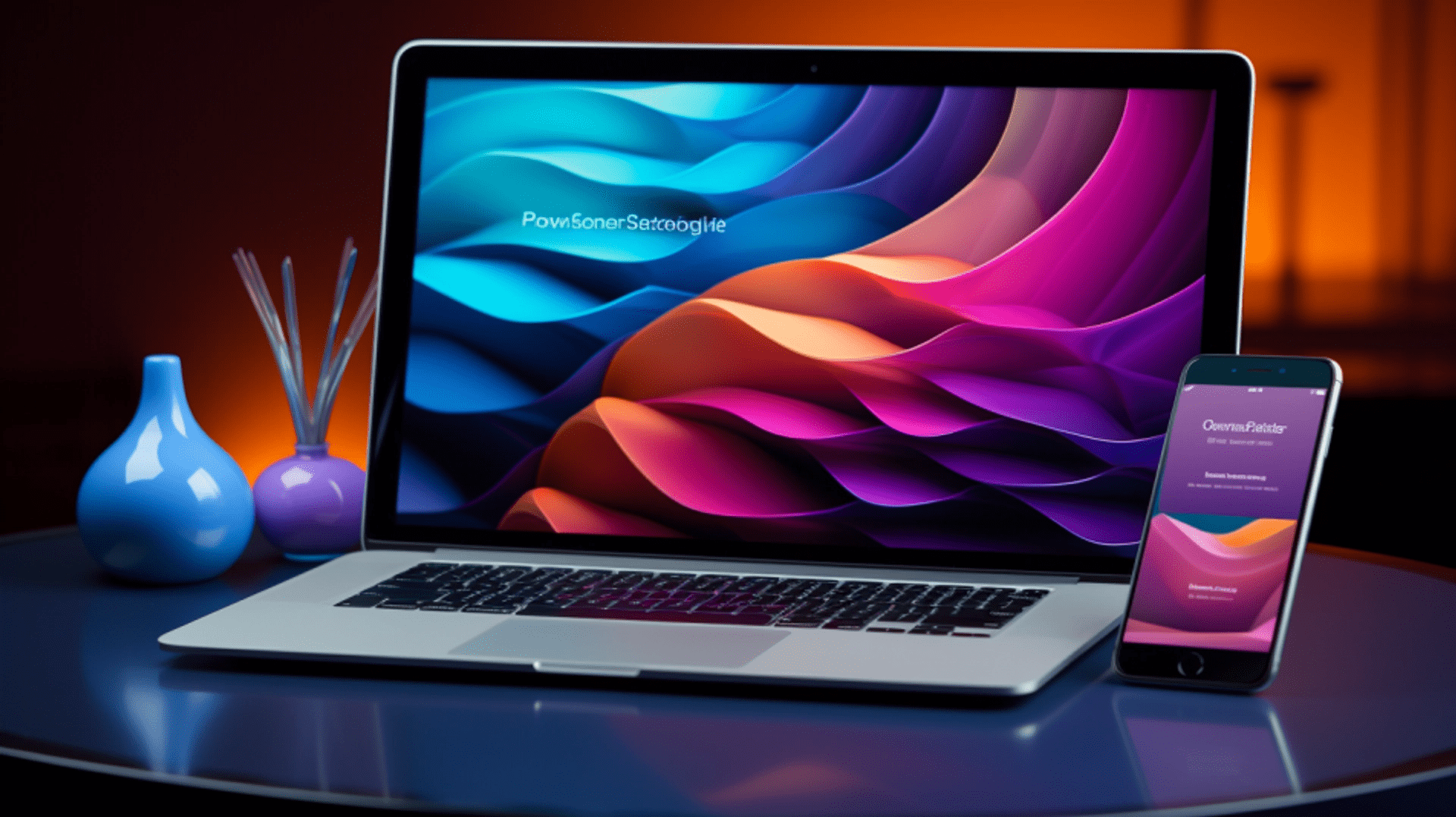
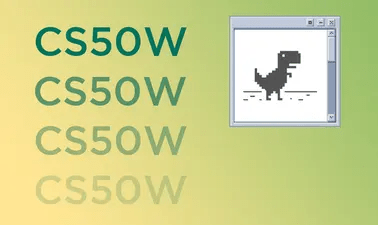
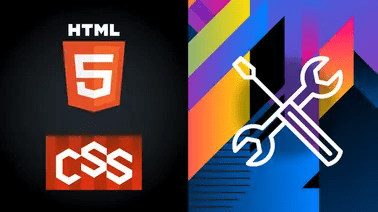
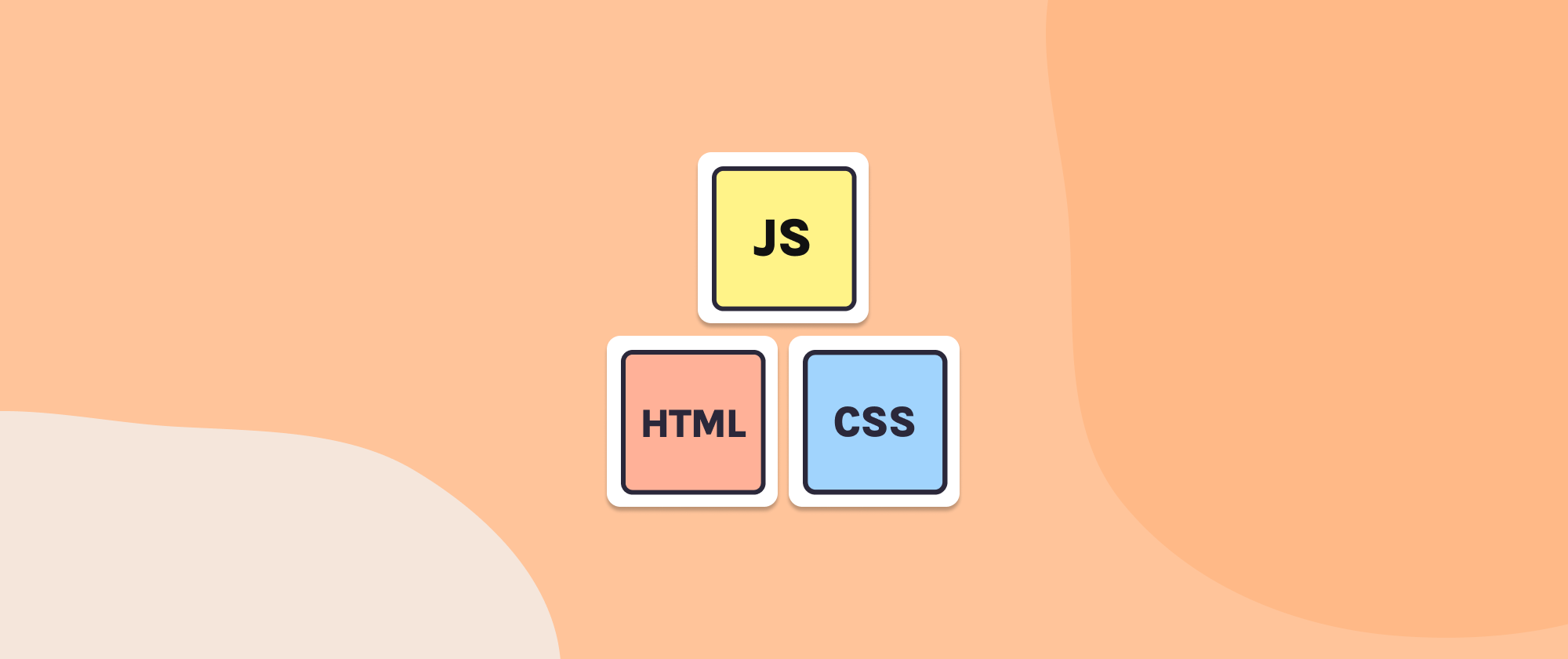
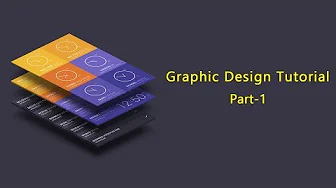

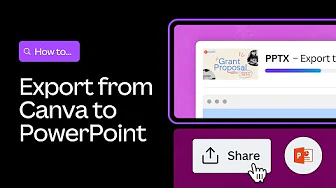

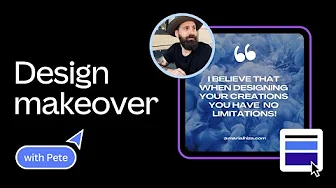



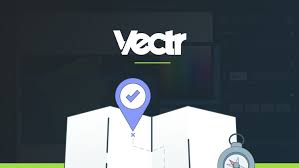

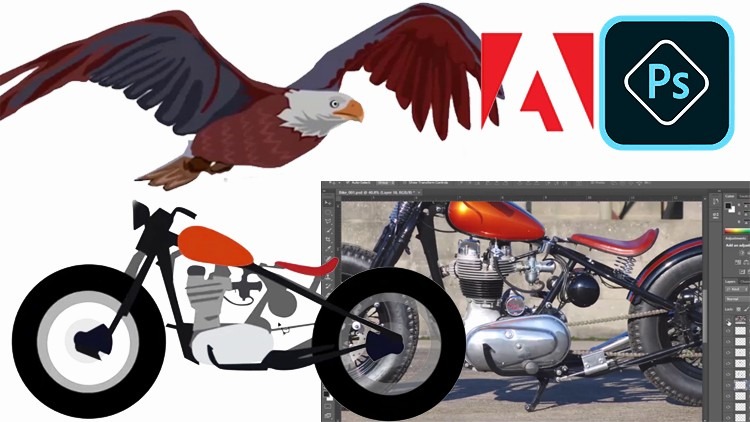






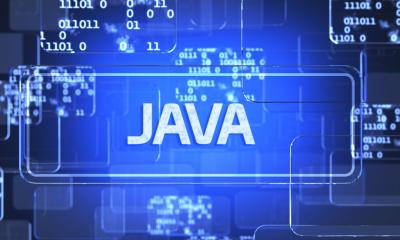
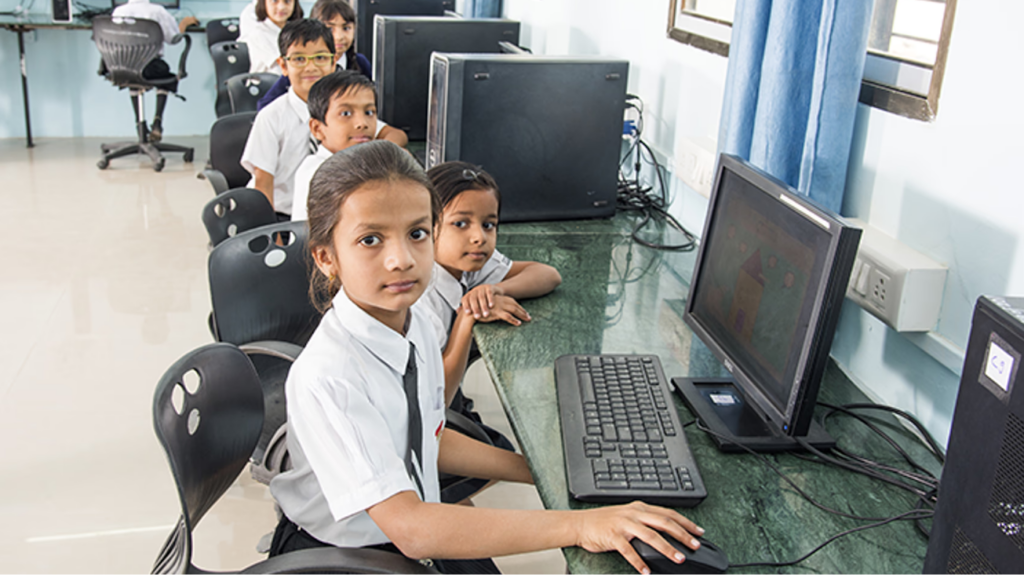
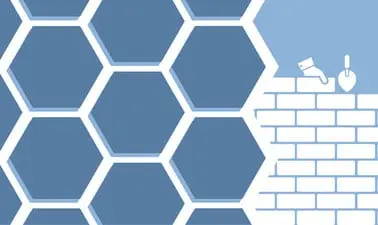
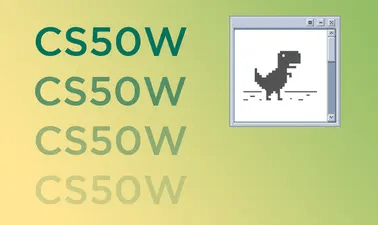
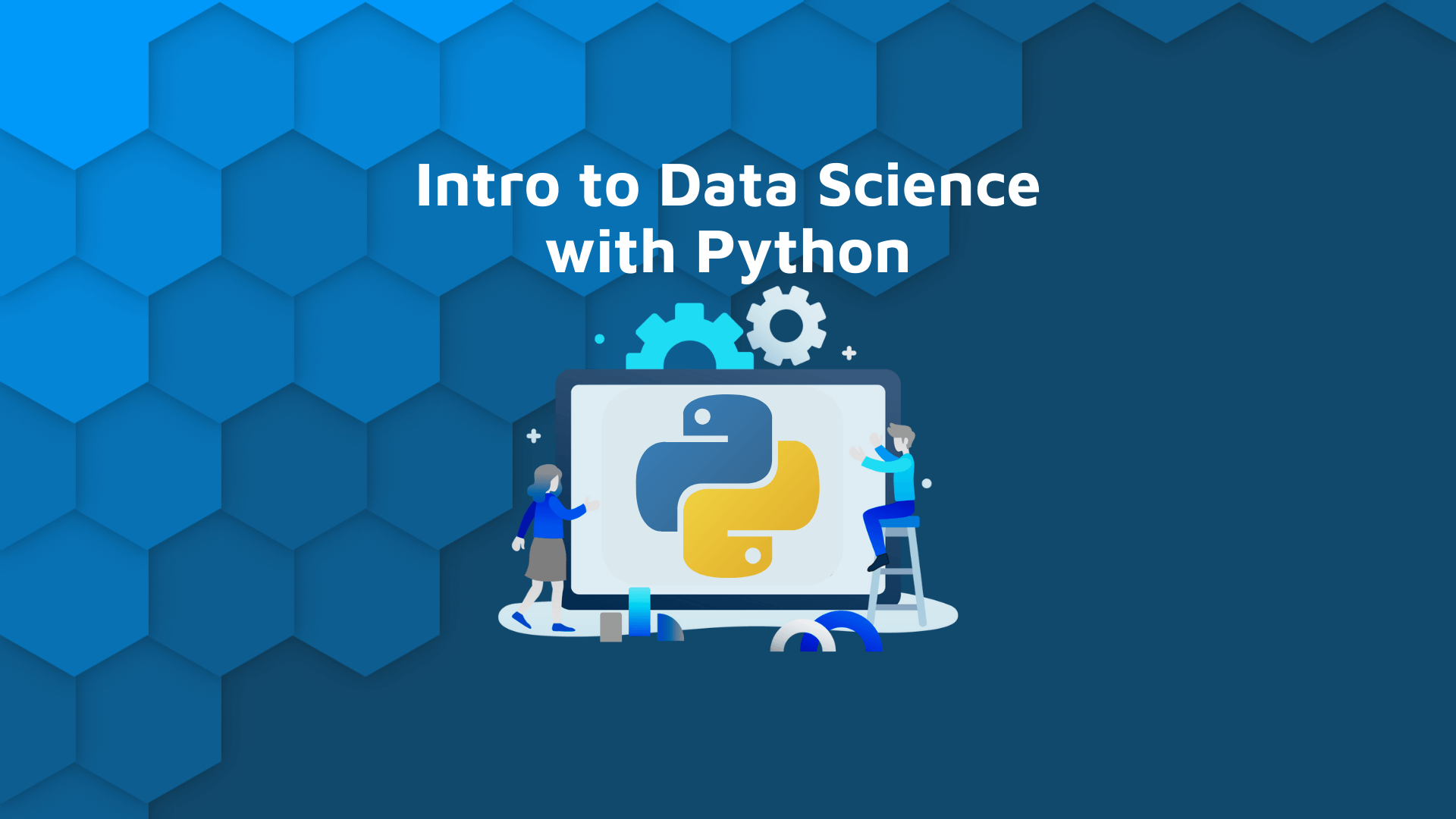
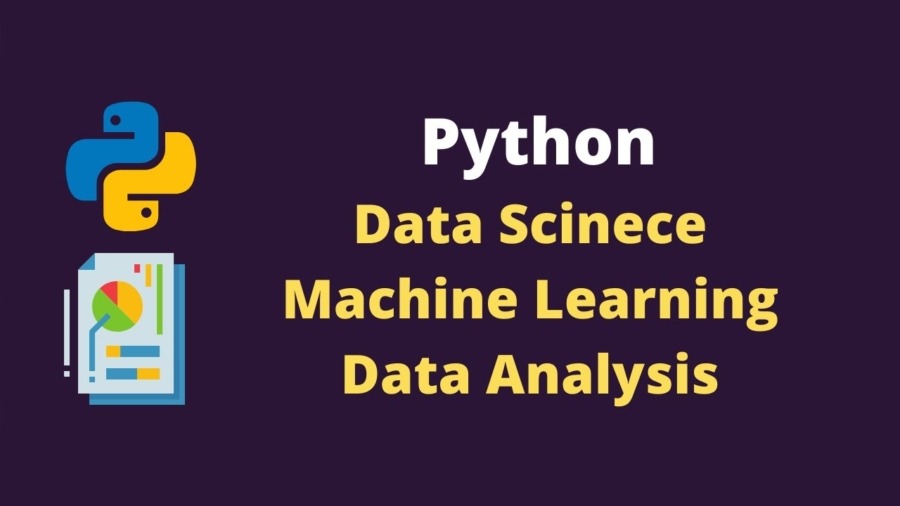
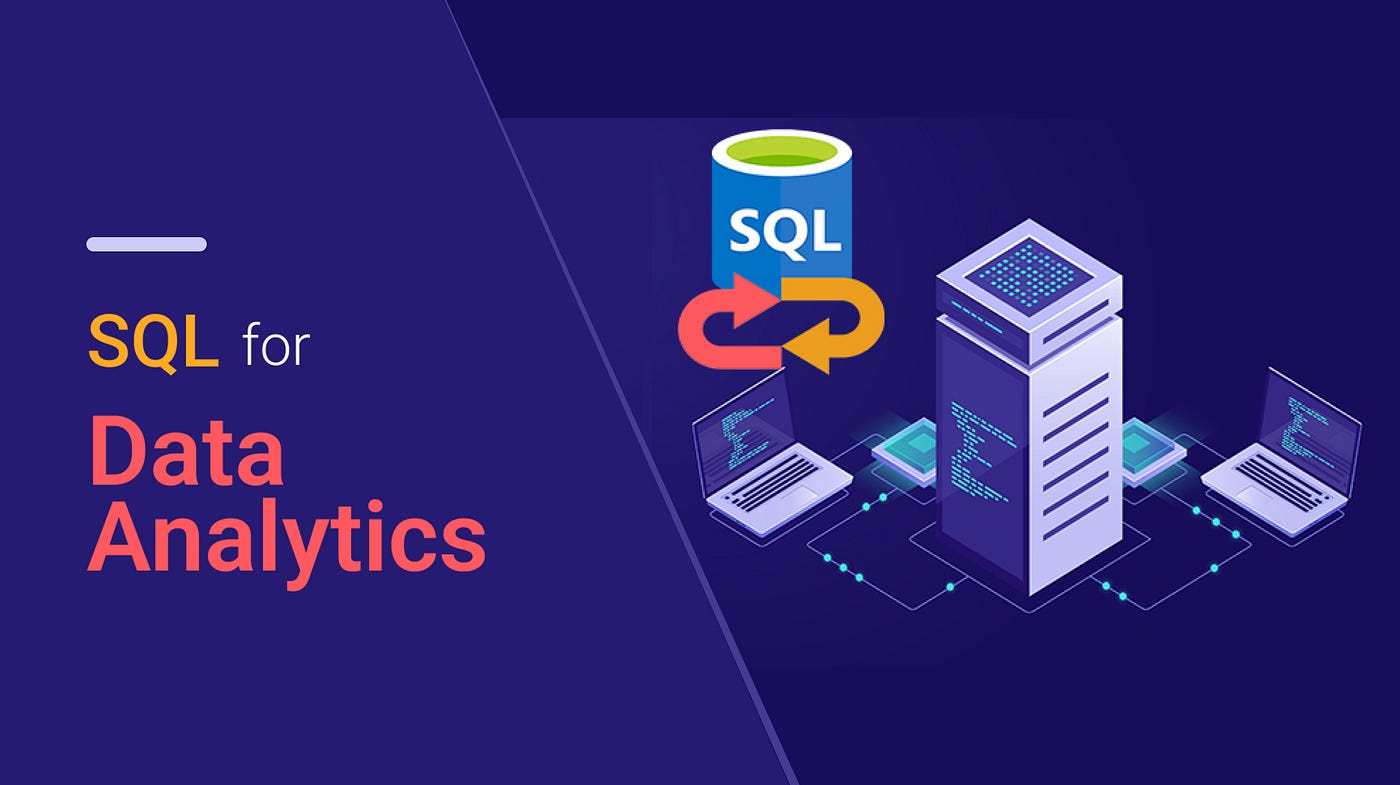
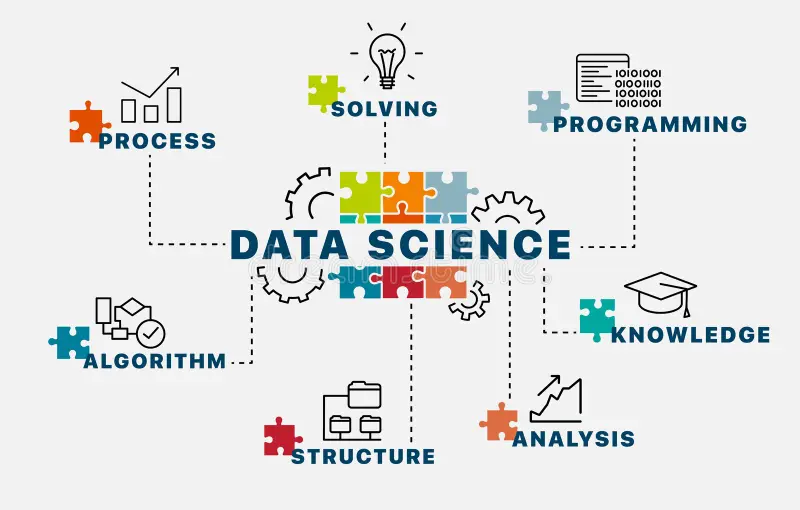
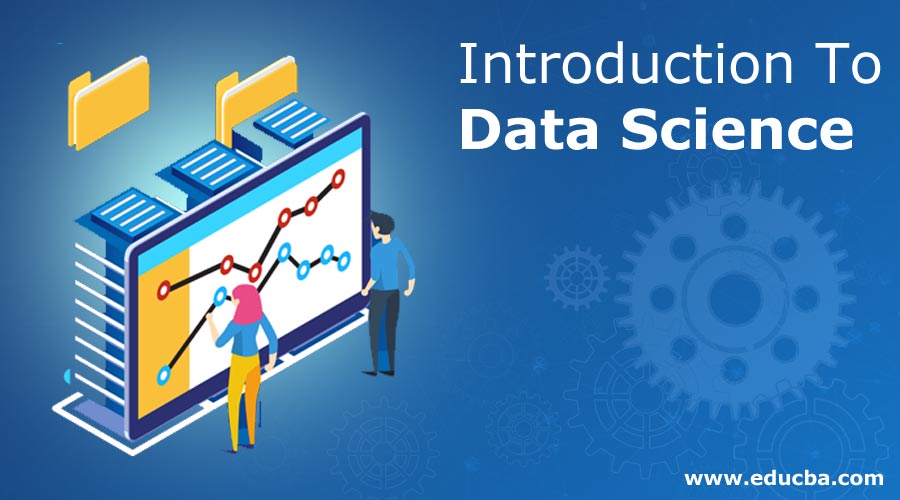
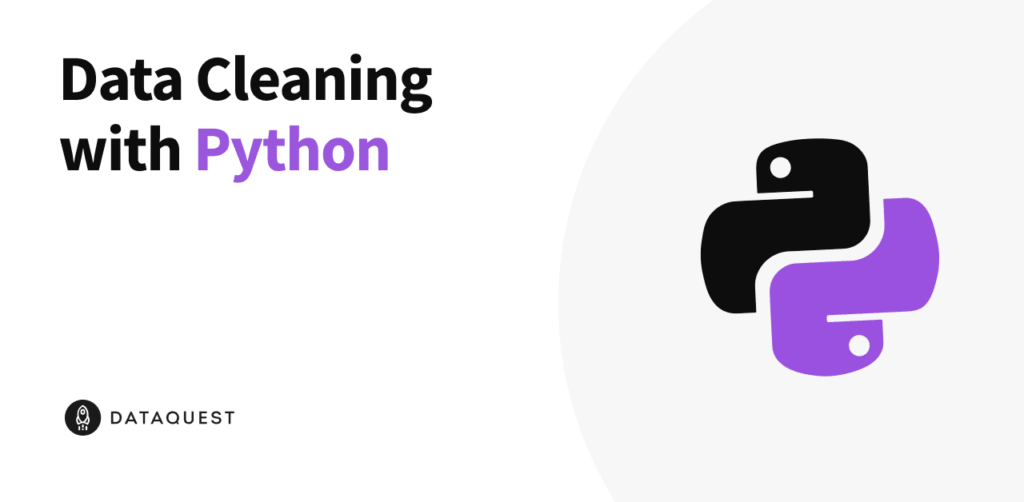
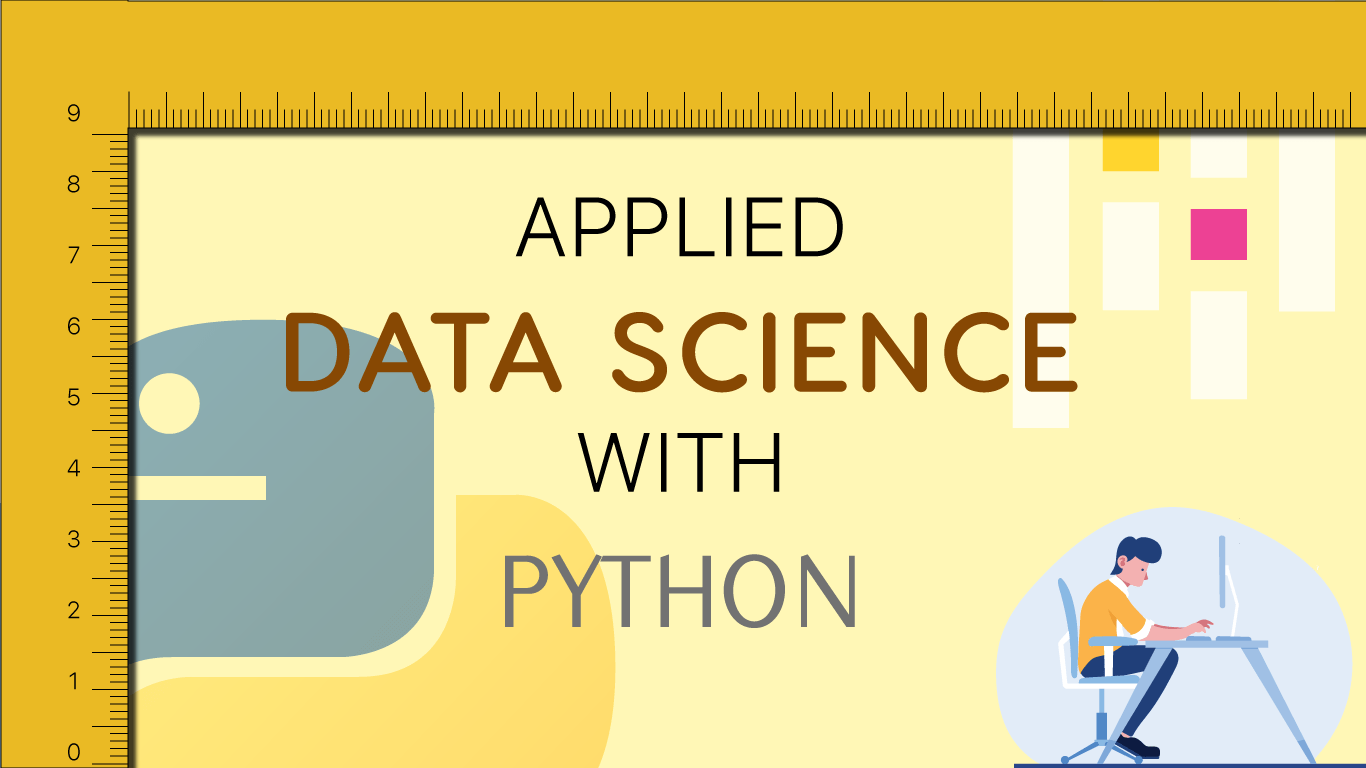
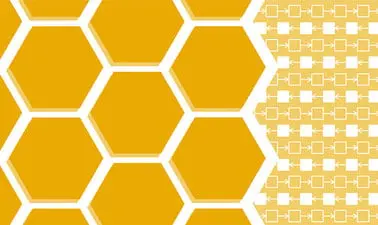

One Response
I myself as a student who has learnt everything through self-learning and peer-learning method, totally aggree with Saiprasad.